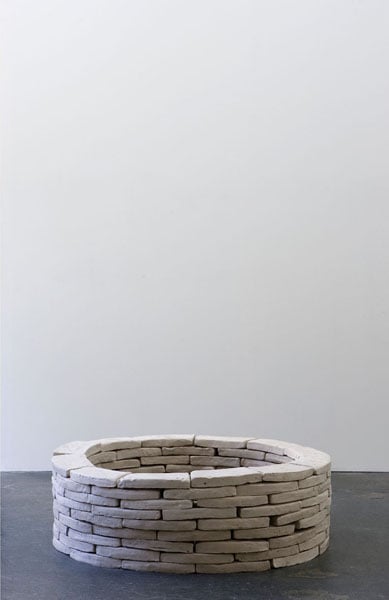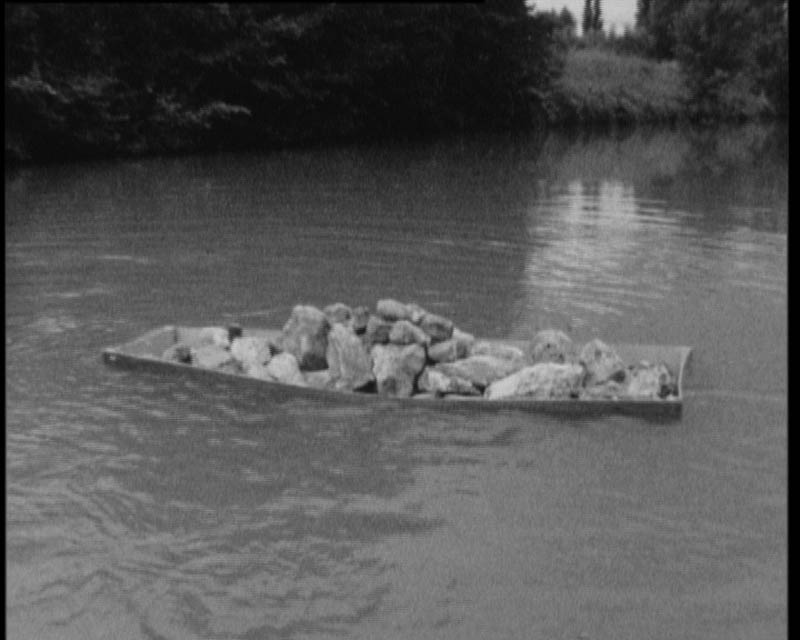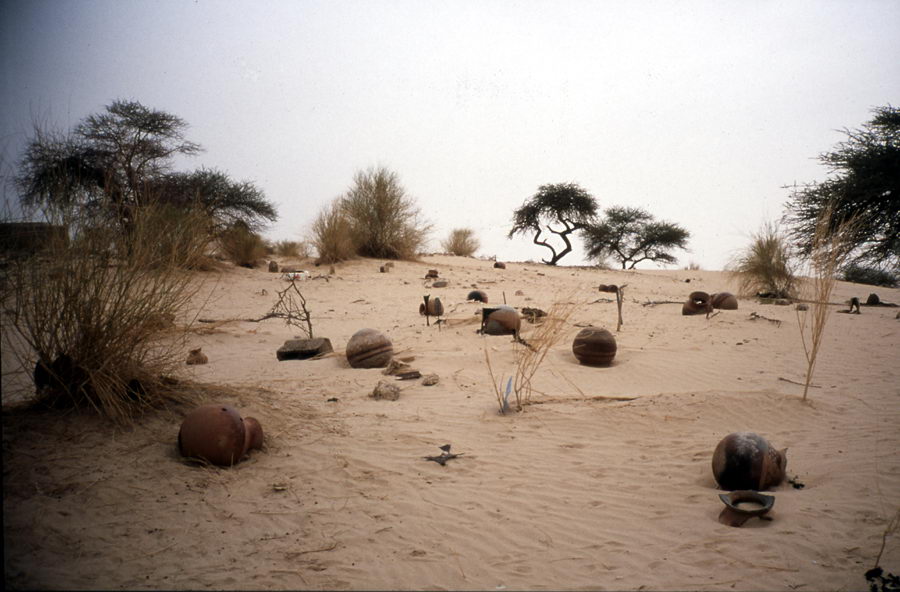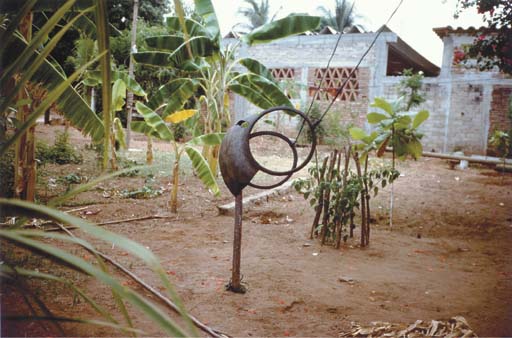What remains is future
2006 - Film & Video (Film & Video)
5,24min
Laurent Montaron
This film refers directly and fictionally to one of the first media dramas: the burning of the Zeppelin aircraft LZ 129 Hindenburg as it landed in New York in 1937. The power of these images, which were widely diffused in the press, had a profound haunting impact on people’s consciousness. This mode of transport – both futuristic and obsolete – crystallizes a collective imaginary which was fed by cinematic, literary and mythological fiction as Barthes would put it. A mass advances progressively towards the spectator, the camera glides right up to this monster, which is as graceful as a sea mammal, but flames perturb this vision. The mass disappears from view, making it impossible to define clearly, and finally exits the image field. Realized with an anaglyph process – which superimposes two slightly offset images to produce an effect of depth – the film prevents the experience of the third dimension and emphasizes the tricks of fabrication since it is viewed without special glasses. Due to its materiality and blurriness, the image, which is accompanied by a sinusoid wave, exerts a powerful haptic and hypnotic fascination.
Using a variety of media – photography, film, sound, installation, sculpture – Laurent Montaron’s work ‘renders an image’ in Mélancolia (2005) the magnetic band of an echo chamber endlessly loops and unwinds to become a hypnotic serpentine line. ‘To render an image’ can be understood in the sense of crystallizing a set of archetypes and fantasies in a sensory mental representation. In the film Readings (2005), a researcher at the astronomical observatory in Meudon observes his bloody hand caused by the tooth he has just lost in a suspended space-time. “I would say that I construct my images like scenes in which the beginning and the end are missing, in which the scenario is contained in a very short lapse of time. They are often like a film still with no attached synopsis” according to Laurent Montaron. These images are formed within a time warp, a ‘rupture’ (Georges Didi-Huberman), a concept which is also present iconographically in BALBVTIO (2009, two identical films, shot differently, projected simultaneously). Each one of the artist’s works necessitates a particular attention span, different for every spectator. Laurent Montaron was born in 1972 in Verneuil-sur-Avre, France. He lives and works in Paris.
Colors:
Related artist(s) to: Laurent Montaron » Guillaume Leblon, » Katinka Bock, » Aurélien Froment, » Berlin Dada, » Daniel Tremblay, » Gabriel Orozco, » Gerhard Richter, » Giuseppe Penone, » Glenda León, » Julien Discrit

© » KADIST
Guillaume Leblon
2008Puits (“Wells”) is a circle made ??of raw earth elements, at the scale of Leblon’s hands...

© » KADIST
Gabriel Orozco
1992Gabriel Orozco often documents found situations in the natural or urban landscape...

© » KADIST
Katinka Bock
2008Like with other works of the artist, with First Piano Katinka Bock tried to go against the rules of use of clay, that is, by forcing the material to the extreme, and transferring the resulting elements into a cubic shaped volume...

© » KADIST
Katinka Bock
2007«I will put two heavy stones in my jacket pockets that way my body will sink deep like a deflated truck tire, no one will notice», this excerpt from “Quay West” by Koltès could echo the story depicted by Katinka Bock: the shipwreck of a small boat full of stones...

© » KADIST
Aurélien Froment
2008dbqp is a photographic series in which the artist handles an enlargement of the plate with three cutout windows which was used for L’Archipel (The Archipelago) in collaboration with Pierre Leguillon...

© » KADIST
Aurélien Froment
2008The Théâtre de poche video is inspired by Arthur Lloyd / “Human Card Index”, a magician who was famous for being able to take out of his pockets any image requested by his spectators...

© » KADIST
Gabriel Orozco
2002Gabriel Orozco comments: “In the exhibition [Documenta 11, Kassel, 2002], I tried to connect with the photographs I took in Mali in July...

© » KADIST
Gabriel Orozco
1994Charco portátil congelado (Frozen Portable Puddle, 1994) is a photographic record of an installation of the same name that Gabriel Orozco made at Witte de With Center for Contemporary Art in Rotterdam for the group exhibition WATT (1994)...

